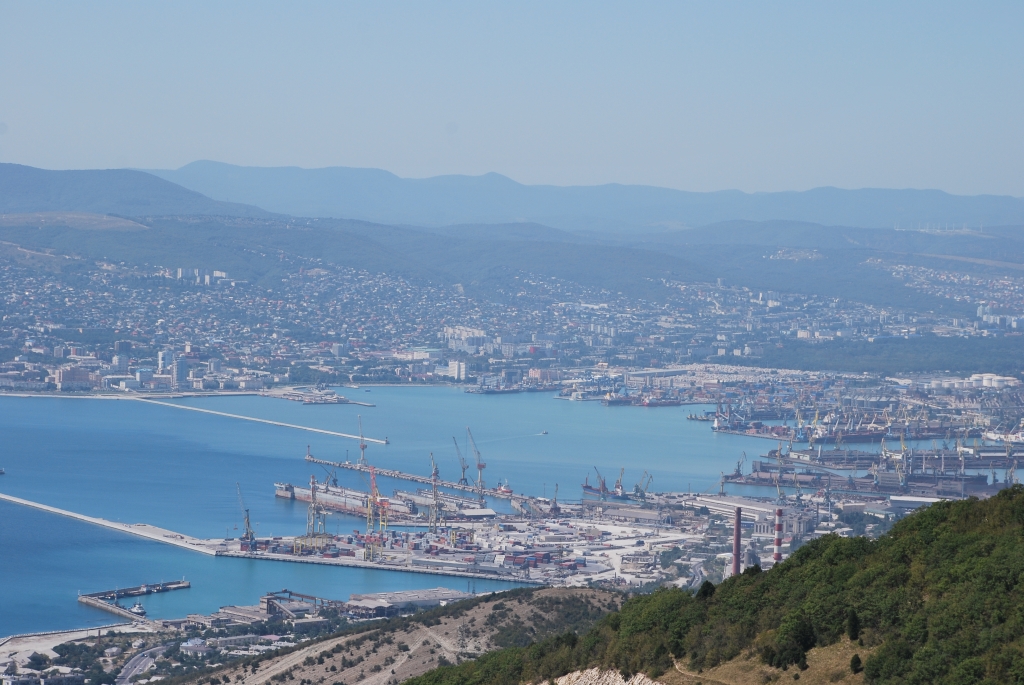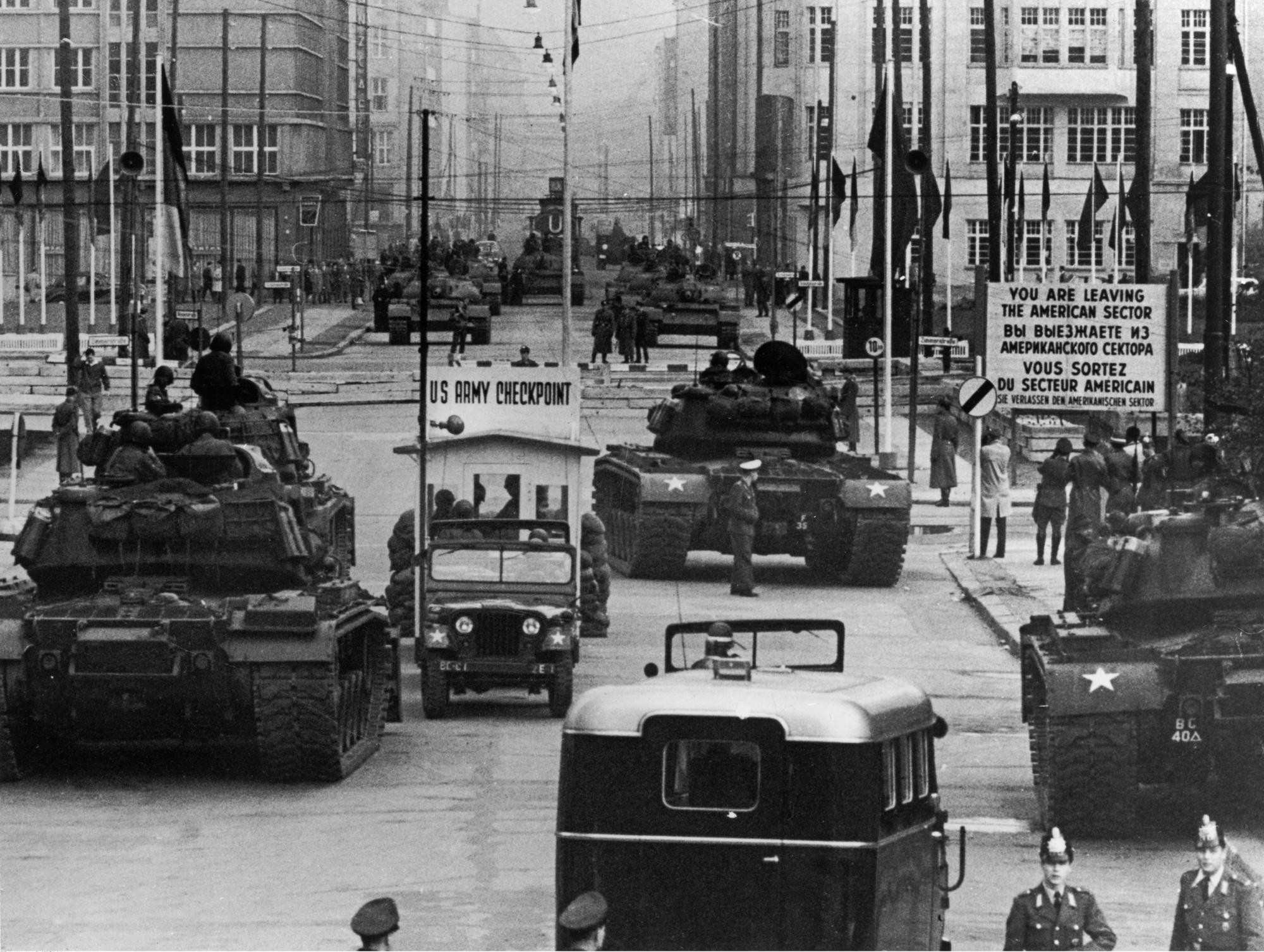|
Mursal Garayev
Mursal Garayev ( az, Mürsəl Qarayev, 4 November 1919 — 26 September 1975) was a Soviet surgeon, doctor of sciences in medicine, chief surgeon of the Ministry of Healthcare of the Azerbaijan SSR. Biography Mursal Garayev was born on November 4, 1919 in the family of a doctor-pediatrician, head of the pediatric department of the Azerbaijan Medical Institute, Honored Scientist, Professor Abulfaz Garayev and poetess Sona Akhundova-Garayeva in Fatmai. In 1938, after graduating from high school number 23 in Baku, he entered the Azerbaijan Medical Institute and in 1942 graduated from the faculty of treatment and prevention. While he was still in his final year at the institute, he began his surgical career as a subordinator in the Department of Hospital Surgery. After Mursal Garayev graduated from institute, on August 25, 1942, he was conscripted to the Soviet Army. He was an intern-surgeon at the selection center of the 65th special moto-shooter brigade of the Caucasus Front. ... [...More Info...] [...Related Items...] OR: [Wikipedia] [Google] [Baidu] |
Doctor Of Medicine
Doctor of Medicine (abbreviated M.D., from the Latin ''Medicinae Doctor'') is a medical degree, the meaning of which varies between different jurisdictions. In the United States, and some other countries, the M.D. denotes a professional degree. This generally arose because many in 18th-century medical professions trained in Scotland, which used the M.D. degree nomenclature. In England, however, Bachelor of Medicine, Bachelor of Surgery was used and eventually in the 19th century became the standard in Scotland too. Thus, in the United Kingdom, Ireland and other countries, the M.D. is a research doctorate, honorary doctorate or applied clinical degree restricted to those who already hold a professional degree (Bachelor's/Master's/Doctoral) in medicine. In those countries, the equivalent professional degree to the North American, and some others use of M.D., is still typically titled Bachelor of Medicine, Bachelor of Surgery (M.B.B.S.). History The first medical degrees wer ... [...More Info...] [...Related Items...] OR: [Wikipedia] [Google] [Baidu] |
Great Patriotic War
The Eastern Front of World War II was a Theater (warfare), theatre of conflict between the European Axis powers against the Soviet Union (USSR), Polish Armed Forces in the East, Poland and other Allies of World War II, Allies, which encompassed Central Europe, Eastern Europe, Northern Europe, Northeast Europe (Baltic states, Baltics), and Southeast Europe (Balkans) from 22 June 1941 to 9 May 1945. It was known as the Great Patriotic War (term), Great Patriotic War in the Soviet Union – and still is in some of its successor states, while almost everywhere else it has been called the ''Eastern Front''. In present-day German and Ukrainian historiography the name German-Soviet War is typically used. The battles on the Eastern Front of the Second World War constituted the largest military confrontation in history. They were characterised by unprecedented ferocity and brutality, wholesale destruction, mass deportations, and immense loss of life due to combat, starvation, expos ... [...More Info...] [...Related Items...] OR: [Wikipedia] [Google] [Baidu] |
Budapest
Budapest (, ; ) is the capital and most populous city of Hungary. It is the ninth-largest city in the European Union by population within city limits and the second-largest city on the Danube river; the city has an estimated population of 1,752,286 over a land area of about . Budapest, which is both a city and county, forms the centre of the Budapest metropolitan area, which has an area of and a population of 3,303,786; it is a primate city, constituting 33% of the population of Hungary. The history of Budapest began when an early Celtic settlement transformed into the Roman town of Aquincum, the capital of Lower Pannonia. The Hungarians arrived in the territory in the late 9th century, but the area was pillaged by the Mongols in 1241–42. Re-established Buda became one of the centres of Renaissance humanist culture by the 15th century. The Battle of Mohács, in 1526, was followed by nearly 150 years of Ottoman rule. After the reconquest of Buda in 1686, the ... [...More Info...] [...Related Items...] OR: [Wikipedia] [Google] [Baidu] |
Kursk Oblast
Kursk Oblast ( rus, Курская область, r=Kurskaya oblast, p=ˈkurskəjə ˈobləsʲtʲ) is a federal subject of Russia (an oblast). Its administrative center is the city of Kursk. As of the 2010 Census, Kursk Oblast has a population of 1,127,081. Geography The oblast, with an average elevation of , occupies the southern slopes of the middle-Russian plateau. The surface is hilly and intersected by ravines. The central part of Kursk oblast is more elevated than the Seym Valley to the west. The Timsko-Shchigrinsky ridge contains the highest point in the oblast at above the sea level. The low relief, gentle slopes, and mild winters make the area suitable for farming, and much of the forest has been cleared. Chernozem soils cover around 70% of the oblast's territory; podsol soils cover 26%. ;Borders: ''Internal'': Bryansk Oblast (NW) (border length: ), Oryol Oblast (N, ), Lipetsk Oblast (NE, ), Voronezh Oblast (E, ), Belgorod Oblast (S, ). ''International'': S ... [...More Info...] [...Related Items...] OR: [Wikipedia] [Google] [Baidu] |
Krasnodar
Krasnodar (; rus, Краснода́р, p=krəsnɐˈdar; ady, Краснодар), formerly Yekaterinodar (until 1920), is the largest city and the administrative centre of Krasnodar Krai, Russia. The city stands on the Kuban River in southern Russia, with a population of 1,099,344 residents, and up to 1.2 million residents in the Urban Okrug. In the past decade Krasnodar has experienced rapid population growth, rising to become the thirteenth-largest city in Russia, and the second-largest city in southern Russia, as well as the Southern Federal District. The city originated in 1793 as a fortress built by the Cossacks, and became a trading center for southern Russia. The city sustained heavy damage in World War II but was rebuilt and renovated after the war. Krasnodar is a major economic hub in southern Russia; In 2012, '' Forbes'' named Krasnodar the best city for business in Russia. Krasnodar is home to numerous sights, including the Krasnodar Stadium. Its main airpo ... [...More Info...] [...Related Items...] OR: [Wikipedia] [Google] [Baidu] |
Georgiyevsk
Georgiyevsk (russian: Гео́ргиевск) ( os, Гуым) is a historical town in Stavropol Krai, Russia, located in the North Caucasus on submontane tableland on the right bank of the Podkumok River (a tributary of the Kuma River), southeast of Stavropol. Population: History It was founded in September 1777 as St. George fortress on the Azov-Mozdok defense line. In 1783, Georgievsk saw the signing of the Treaty of Georgievsk between the Russian Empire and the Kingdom of Kartli-Kakheti, which made the east Georgian kingdom a Russian protectorate. After 1785, Georgiyevsk grew considerably. In 1786, it was granted town status. After 1802, it was the seat of Caucasian Governorate. The early 19th century marked a peak in Georgiyevsk's influence as a trading center. After 1822, the town's influence began to wane. In 1875, a railway station was built away in Nezlobnaya. This became a new beginning in town's development. In 1894, the first blacksmith works was founded. Th ... [...More Info...] [...Related Items...] OR: [Wikipedia] [Google] [Baidu] |
Grozny
Grozny ( rus, Грозный, p=ˈgroznɨj; ce, Соьлжа-ГӀала, translit=Sölƶa-Ġala), also spelled Groznyy, is the capital city of Chechnya, Russia. The city lies on the Sunzha River. According to the 2010 census, it had a population of 271,573 — up from 210,720 recorded in the 2002 census, but still only about two-thirds of 399,688 recorded in the 1989 census. It was previously known as (until 1870). Names In Russian, "Grozny" means "fearsome", "menacing", or "redoubtable", the same word as in Ivan Grozny (Ivan the Terrible). While the official name in Chechen is the same, informally the city is known as "" (""), which literally means "the city () on the Sunzha River ()". In 1996, during the First Chechen War, the Chechen separatists renamed the city Dzhokhar-Ghala ( ce, Джовхар-ГӀала, Dƶovxar-Ġala), literally Dzhokhar City, or Dzhokhar/Djohar for short, after Dzhokhar Dudayev, the first president of the Chechen Republic of Ichke ... [...More Info...] [...Related Items...] OR: [Wikipedia] [Google] [Baidu] |
Mozdok
Mozdok (russian: Моздо́к; os, Мæздæг, ''Mæzdæg''; Kabardian: Мэздэгу) is a town and the administrative center of Mozdoksky District of North Ossetia – Alania, Russia, located on the left shore of the Terek River, north of the republic's capital Vladikavkaz. As of the 2010 Census, its population was 38,768. Etymology The town's name comes from "''мэз дэгу (mez dugu)"'', a Kabardian word meaning "the dense forest".Barrett, Thomas M. (1999). ''At the edge of empire: the Terek Cossacks and the North Caucasus frontier, 1700-1860''. Westview Press, , p. 44. History During the reign of Catherine II the Russian army started entering Circassian soil and Russia started building forts in an attempt to quickly annex Circassia. In 1763, Russian forces occupied the village of Mezdeug in Eastern Circassia, and established Mozdok as a Russian fort, settling the families of the Volga Cossacks in ''stanitsas'' around it. Thus, the Russo-Circassian ... [...More Info...] [...Related Items...] OR: [Wikipedia] [Google] [Baidu] |
Novorossiysk
Novorossiysk ( rus, Новоросси́йск, p=nəvərɐˈsʲijsk; ady, ЦIэмэз, translit=Chəməz, p=t͡sʼɜmɜz) is a city in Krasnodar Krai, Russia. It is one of the largest ports on the Black Sea. It is one of the few cities honored with the title of the Hero City. Population: History In antiquity, the shores of the Tsemes Bay were the site of Bata ( el, Μπάτα), an ancient Greek colony that specialized in the grain trade. It is mentioned in the works of Strabo and Ptolemy, among others. Following brief periods of Roman and Khazar control, from the 9th century onwards, the area was part of the Byzantine θέμα Χερσῶνος ''Thema Khersonos'' (Province of Cherson). During the 11th century, the area was overrun and controlled by nomads from the Eurasian steppe, led by the Cumans. Later that century, the Byzantine emperor Ἀλέξιος Κομνηνός Alexios I Komnenos ( r. 1081–1118) was approached by Anglo-Saxon refugees, who had left Engl ... [...More Info...] [...Related Items...] OR: [Wikipedia] [Google] [Baidu] |
Caucasus Front (Soviet Union)
The Caucasus Front was a front of the Red Army during the Second World War. History The Caucasus Front was created on 30 December 1941 from Transcaucasus Front. The commander of the latter, Lieutenant General Dmitry Kozlov, continued in command of the front. Its chief of staff was Major General Fyodor Tolbukhin. It comprised the * 44th Army (Aleksei Pervushin and Ivan Dashichev) * 45th Army (Vasily Novikov * 46th Army ( Alexander Khadeyev) *47th Army ( Konstantin Baranov) * 51st Army ( Vladimir Lvov) Were operationally subordinated to the front : * Sevastopol Defensive Region (under siege) * the Black Sea Fleet * the Azov Flotilla The troops of the front completed the Kerch–Feodosiya Landing Operation, began on 25 December by the Transcaucasus Front and Black Sea Fleet, gaining a bridgehead in Crimea and pushing back the defending German forces. On 28 January 1942, the front was split, with the 44th, 47th, and 51st Armies becoming part of the new Crimean Front The ... [...More Info...] [...Related Items...] OR: [Wikipedia] [Google] [Baidu] |
Soviet Army
uk, Радянська армія , image = File:Communist star with golden border and red rims.svg , alt = , caption = Emblem of the Soviet Army , start_date = 25 February 1946 , country = (1946–1991)' (1991–1992) , branch = , type = Army , role = Land warfare , size = 3,668,075 active (1991) 4,129,506 reserve (1991) , command_structure = , garrison = , garrison_label = , nickname = "Red Army" , patron = , motto = ''За нашу Советскую Родину!(Za nashu Sovetskuyu Rodinu!)''"For our Soviet Motherland!" , colors = Red and yellow , colors_label = , march ... [...More Info...] [...Related Items...] OR: [Wikipedia] [Google] [Baidu] |






